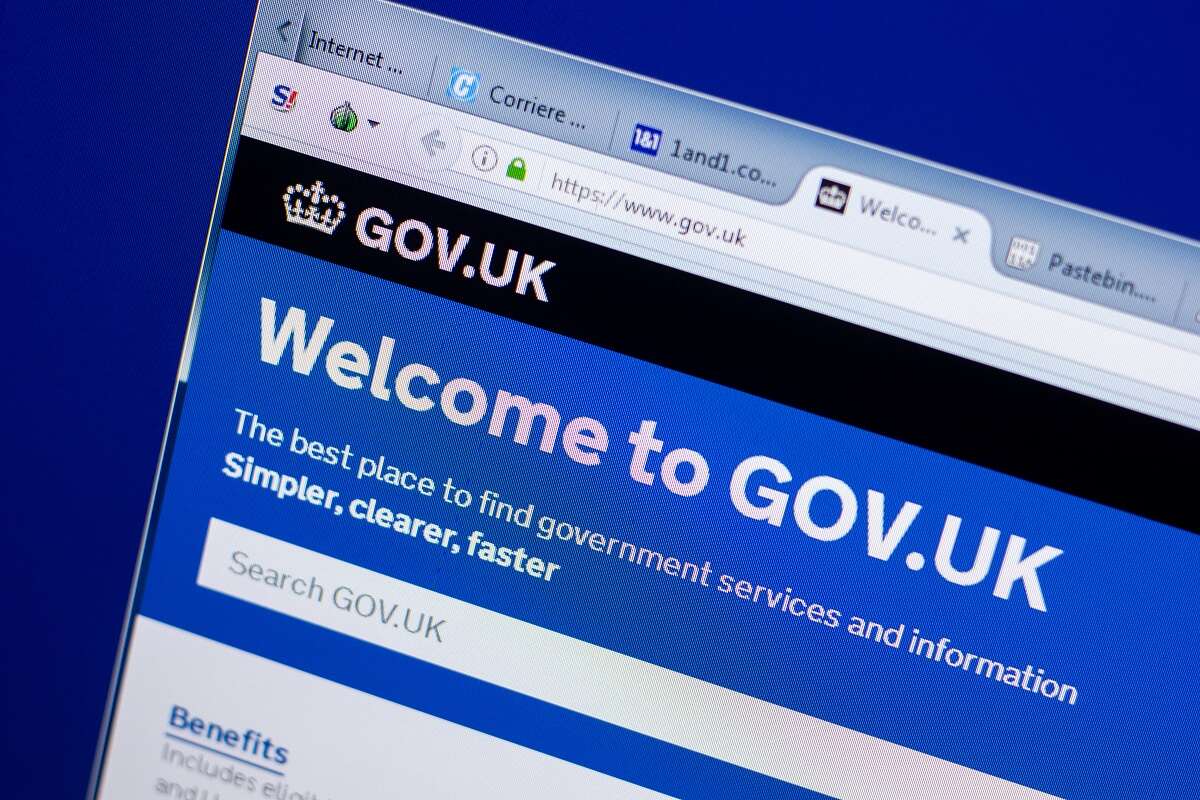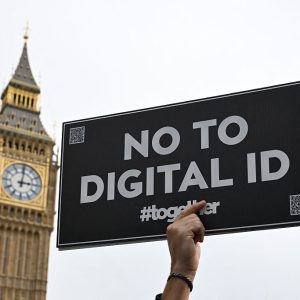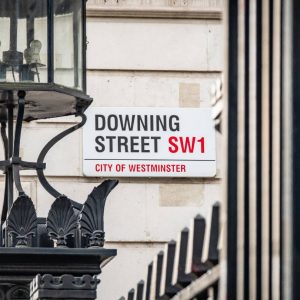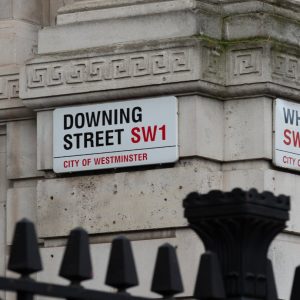
The UK government says it is ramping up its GOV.UK One Login programme, a single digital identity it hopes citizens will be able to use across all public services. So far 1.5 million people have used One Login, which is now operational across eight government services. The Cabinet Office hopes to increase this number to more than 100 in the next two years.

Currently, there are 191 ways for people to set up accounts and 44 sign-in methods for services accessed via the GOV.UK portal, according to the Cabinet Office. It says switching to One Login will save the taxpayer £700m, though doesn’t specify over what time period these savings will be made, or how it came to the £700m figure.
How does GOV.UK One Login work and which services are using it?
Eight services are now using One Login, the Cabinet Office says.
Tech Monitor reported last year that the Disclosure and Barring Service (DBS) would be the first department to use the system, and other agencies, including the Drive and Vehicle Standards Agency, HM Land Registry and Social Work England have now also adopted it for some functions.
So far the roll-out has largely been limited to services where a one-off transaction is required. The Cabinet Office says this is a deliberate move to prove out key features of the system before it is adopted for more complex use cases such as Universal Credit and tax-free childcare payments. The government hopes to have over 100 services using One Login by 2025.
At present the system requires users to have a biometric residence permit, driving licence or passport to prove their identity. It will eventually accept other types of ID, and it is expected that a user journey that does not rely on photo ID will be live by the end of the year, drawing on checks against data held by other government departments.
In the longer term, the Cabinet Office is assessing the suitability of further options to improve usability and inclusion, such as birth certificates. For those with low digital skills or a lack of access to online services, a face-to-face identity verification programme will be put in place this summer.
So far 1.5 million people have used One Login to prove their identity, and the accompanying app has had more than two million downloads across Android and iOS.
Cabinet Office Minister Alex Burghart said: “For millions of people, GOV.UK and online public services are their main daily interaction with the government.
“The public rightly expect government services to be fast, simple and easy to use. That’s why I am pleased that the GOV.UK One Login programme will deliver on that promise, cutting down duplication and providing a single way for people to access public services.
“This saves taxpayer time and money, while helping us reduce fraud and provide more efficient and effective services.”
Goodbye Verify, hello GOV.UK One Login
One Login is designed in part to replace Verify, a much-maligned government digital identity system introduced in 2014.
Take up of the system across government was patchy, and a 2019 investigation by the National Audit Office found that Government Digital Services (GDS) had consistently missed its targets and gone over budget on developing the system. Although the Infrastructure & Projects Authority, the government projects watchdog, recommended terminating Verify in 2018, it remained in use until December, when it processed its last transaction. It was officially decommissioned in March, with all remaining services on the platform switched to One Login.
Writing on the GDS blog, Natalie Jones, GDS director of digital identity, said that the “lessons learned from GOV.UK Verify formed a core part of the thinking around the way we have set up and been running GOV.UK One Login”.
Jones said GDS has trebled the number of teams “working in parallel on features and incremental improvements to existing functionality” for GOV.UK One Login over the last 18 months. “We’re making over 500 separate releases a month to production through our automated pipeline,” she explained. “We’re running continuous discovery sessions in parallel to development and have conducted over 100 end-user research sessions in the last six months alone. “






